
Formal Style
What is the Formal Style?
It follows certain rules and conventions that make the writing clear, precise, and objective.
Formal style has the following characteristics:
It uses proper grammar and terminology.
It avoids slang, figures of speech, abbreviated words, and colloquial expressions.
For example, instead of saying "tech", it says "technology".This style takes an objective approach.
It avoids the use of personal pronouns (I, we, you) and opinions, and uses third person (he, she, they) or the name of the person or thing being discussed.
For example, instead of saying "I think that...", it says "The evidence suggests that...".Formal style uses full words instead of contractions or acronyms.
For example, instead of saying "didn't" or "won't", it says "did not" or "will not".
It also explains acronyms when they are first used, unless they are very well-known, like NASA or BBC.It uses a formal tone and vocabulary.
Formal style avoids emotional or casual words, like "awesome" or "cool", and uses more sophisticated and precise words, like "remarkable" or "impressive".This style uses a clear and logical structure.
It organizes the writing into paragraphs, each with a main idea and supporting details.
Besides it uses transitions, headings, and subheadings to guide the reader through the writing.It cites sources and provides references.
It acknowledges the sources of information and ideas that are not original to the writer, using a consistent citation style, like APA or MLA.
It also provides a list of references at the end of the writing.
It also used when writing for a purpose that requires a serious and respectful tone, such as making an argument, presenting research findings, or proposing a solution to a problem.
Why do the Formal Style clothes look good?
Some people say that formal clothes are boring and dull
They prefer to wear something casual and cool
But formal clothes have a certain charm and grace
They make you look professional and confident in any place
Formal clothes are not just suits and ties
They can be dresses, skirts, blazers, or anything nice
They can have different colors, patterns, and styles
They can express your personality and make you smile
Formal clothes are not only for work or business
They can be worn for parties, weddings, or any occasion
They can make you stand out from the crowd and impress
They can show your respect and appreciation
Formal clothes are not a burden or a chore
They are a way of dressing up and having fun
They are a sign of elegance and sophistication
They are a reason to say: "You look stunning!"
Who can wear the Formal Style garments?
Formal Style garments are a type of clothing that can be worn by anyone who wants to dress elegantly and appropriately for a formal occasion.
It is usually follow certain standards of design, color, fabric, and accessories that vary depending on the culture, time, and place of the event.
Some examples of formal events where formal style garments are expected or required are weddings, debutant balls, cotillions, and state dinners.
It can also be worn for professional or business purposes, such as meetings, presentations, or interviews.
Formal Style garments can help create a positive impression and show respect for the host or the audience.
Are the Formal Style clothing in style?
Formal style clothing is a category of dress that is appropriate for the most formal occasions, such as weddings, state dinners, or horse racing events.
Formal style clothing usually consists of a tuxedo or a suit for men, and an evening gown or a cocktail dress for women.
Formal style clothing is often associated with elegance, sophistication, and tradition.
However, formal style clothing is not as rigid or uniform as it used to be.
Nowadays, formal style clothing can be adapted to different tastes, preferences, and contexts.
For example, some people may opt for a lighter or brighter colored suit, or a blazer and slacks, instead of a black tuxedo.
Some women may choose a shorter or more daring dress, or accessorize with jewelry, hats, or gloves, instead of a long and conservative gown.
Formal style clothing can also be mixed with elements of casual or streetwear, such as sneakers, t-shirts, or hoodies, to create a contrast or a statement.
Therefore, formal style clothing is still in style, but it is not limited to one standard or definition.
Formal style clothing can be worn with creativity, personality, and flair, as long as it is respectful of the occasion and the dress code.
Formal style clothing can be a way of expressing oneself, as well as honoring the tradition and etiquette of formal events.
Formal Style in fashion - when did it appear?
Formal style in fashion is a broad term that encompasses various types of clothing that are worn for formal occasions, such as weddings, ceremonies, or business events.
Formal style has a long and rich history, dating back to ancient civilizations, where clothing was used to signify status and authority.
Formal style has evolved over time, reflecting cultural norms, societal values, and the influence of fashion icons.
One of the earliest examples of formal style is the toga, a draped garment worn by ancient Greeks and Romans, which indicated one's social standing and political role.
Another example is the court dress, which originated in medieval Europe and consisted of elaborate and ornate garments worn by royalty and nobility.
Court dress became more refined and standardized during the Renaissance era, with men wearing doublets, hose, and ruffs, and women wearing corsets, farthingales, and high collars.
The 17th and 18th centuries saw the rise of extravagant styles, influenced by the Baroque and Rococo movements.
Men wore wigs, breeches, and powdered faces, while women flaunted intricate hairstyles and lavish ball gowns.
These styles were often adorned with decorative elements, such as lace, ribbons, ruffles, and embroidery.
The French Revolution and the Napoleonic Wars brought about a shift towards simpler and more practical clothing, such as the frock coat and the morning coat for men, and the empire waist dress for women.
The 19th and early 20th centuries witnessed the birth of the modern formal wear, such as the tuxedo and the evening gown.
The tuxedo, a less formal alternative to the tailcoat, emerged as a staple for evening events, popularized by Edward VII of England.
The evening gown underwent various transformations, embracing the Art Deco movement and reflecting the changing roles of women in society.
The 1920s, also known as the Roaring Twenties, introduced the flapper style, which featured short dresses, bobbed hair, and accessories, such as beads, feathers, and sequins.
The 20th century also saw formal wear become more accessible and versatile, with the rise of ready-to-wear clothing and mass production.
Suits, both for men and women, became the standard attire for formal occasions, with different styles emerging, such as the double-breasted and single-breasted designs.
The influence of fashion icons, such as Christian Dior, who revolutionized post-war fashion with his iconic 'New Look' in women's fashion, also played a significant role in the evolution of formal style.
Today, formal style is still a relevant and dynamic concept, with new trends and innovations constantly emerging.
Formal style can also vary depending on the context, culture, and personal preference of the wearer.
Some examples of formal style in the 21st century are the cocktail dress, the business suit, the evening gown, and the tuxedo.
Formal style is not only a way of dressing, but also a way of expressing one's identity, personality, and taste.
Who usually wears Formal Style clothing?
Some people like to dress in formal style
They think it makes them look more smart and agile
They wear suits and ties and shiny shoes
They follow all the rules and never lose
But formal style clothing can be a pain
It can be too tight or too loose or stain
It can make you sweat or itch or sneeze
It can make you feel like you're not at ease
So sometimes it's nice to dress in casual wear
You can wear jeans and t-shirts and not care
You can be yourself and have some fun
You can relax and enjoy the sun
But casual wear can be too boring
It can be too plain or too loud or snoring
It can make you look like you don't try
It can make you seem like you're too shy
So maybe the best way to dress is to mix and match
You can wear formal style clothing with a casual touch
You can wear a blazer with a graphic tee
You can wear a dress with sneakers or a hat
That way you can have the best of both worlds
You can be professional and playful with your clothes
You can express your personality and mood
You can be comfortable and confident and cool
What are some of the most iconic Formal Style outlooks?
Some of the most iconic formal style outlooks are:
The black tuxedo.
This is a classic and timeless outfit that can be worn for any formal occasion, such as a wedding, a gala, or a business meeting.
The black tuxedo consists of a black jacket with satin lapels, a white shirt, a black bow tie, black trousers, and black shoes.The pencil skirt suit.
This is a feminine and sophisticated outfit that can be worn for work or formal events.
The pencil skirt suit consists of a fitted jacket that matches the color and fabric of the pencil skirt, which is usually knee-length or slightly above.
The suit can be paired with a blouse, a scarf, or a necklace, and completed with heels and a handbag.The trench coat.
This is a versatile and stylish outerwear that can be worn over any formal outfit.
The trench coat is a long coat that has a double-breasted front, a belt, and epaulets.
It can be made of various materials, such as cotton, wool, or leather, and comes in different colors, such as beige, navy, or black.The little black dress.
This is a simple and elegant dress that can be worn for any formal occasion, from cocktail parties to dinner dates.
The little black dress is a short dress that has a flattering silhouette and can be accessorized with jewelry, shoes, and bags of different colors and styles.The three-piece suit.
This is a refined and polished outfit that can be worn for business or formal events.
The three-piece suit consists of a jacket, a vest, and trousers that are made of the same fabric and color.
The suit can be paired with a shirt, a tie, or a pocket square, and finished with leather shoes and a watch.
How to incorporate other influences or trends into the Formal Style?
It is typically used in professional and academic settings, such as orations, scholarly books and articles, technical reports, research papers, and legal documents.
However, formal style does not have to be boring or outdated.
There are ways to incorporate other influences or trends into the formal style without compromising its quality and appropriateness.
Here are some suggestions:
Choose a color scheme that suits the occasion and the season.
Wear a bright white dress for a spring or summer event, or a new LBD for a night out.
You can also add some pops of color with accessories, such as shoes, bags, or jewelry.Experiment with different fabrics and textures that add some interest and dimension to your outfit.
For example, you can wear a denim dress for a casual but chic look, or a 3D floral frock for a whimsical touch.
Mix and match different patterns and prints, such as painterly florals or maximalist maxis, as long as they are harmonious and not too overwhelming.Play with different silhouettes and lengths that flatter your body type and personality.
For example, show some leg with a micro miniskirt or a cut-off jean shorts, or go for a simple sleeveless style that is easy to layer and accessorize.
You can also opt for a voluminous dress that makes a statement, or a nightie-style slip dress that is sultry and sophisticated.Accessorize with pieces that complement your outfit and express your style.
For example, wear a pair of earrings, a necklace, or a bracelet that adds some sparkle and shine to your look, or a hat, a scarf, or a belt that adds some contrast and definition.
You can also carry a bag that matches your outfit or stands out as a focal point.Be confident and comfortable in what you wear.
The most important thing is to choose an outfit that suits your purpose, audience, and context, but also reflects your personal taste and preference.
Formal style does not have to be rigid and restrictive; it can be flexible and fun with some creativity and experimentation.
Example of the color palette for the image of Formal Style
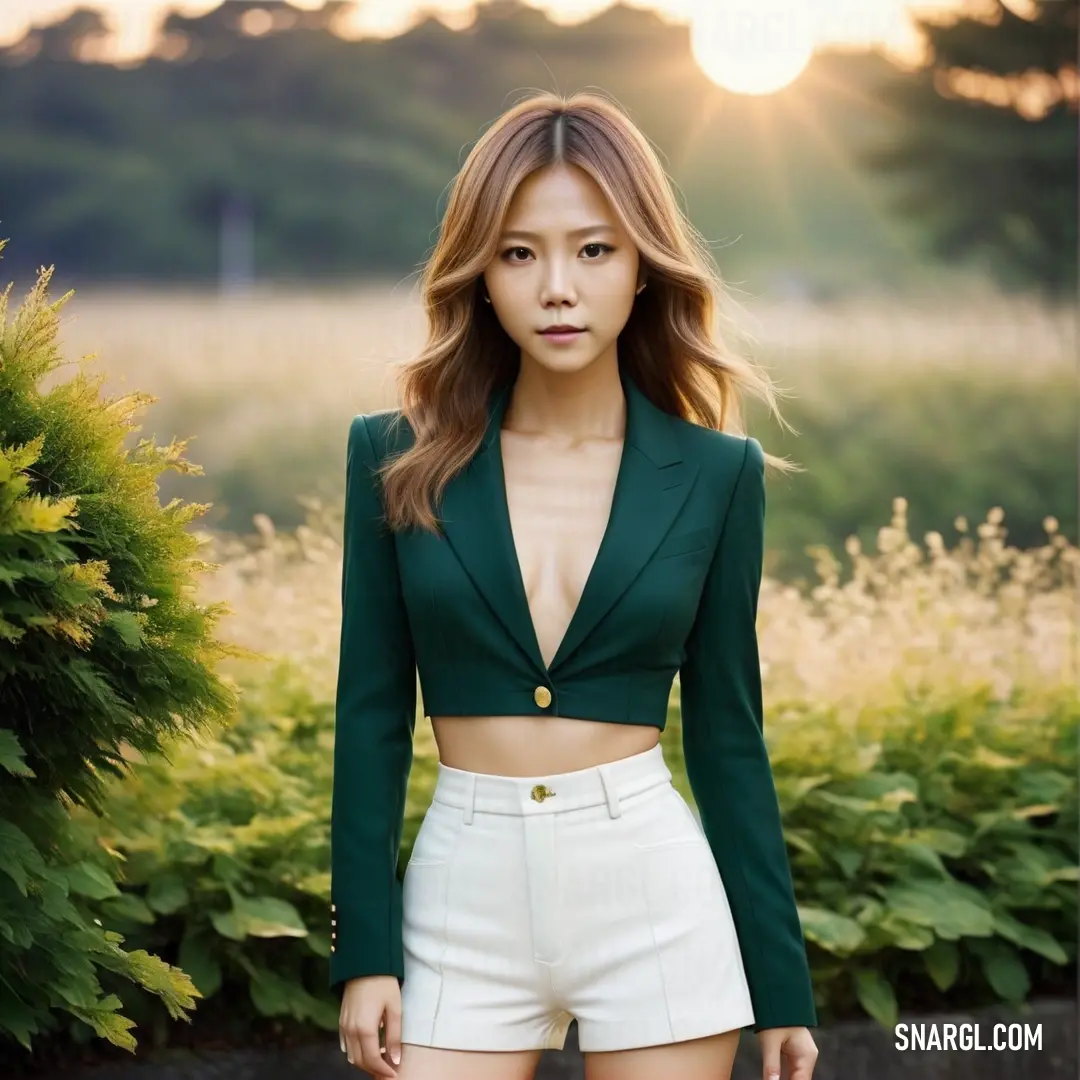
See these colors in NCS, PANTONE, RAL palettes...
What are the essential Formal Style clothing items and accessories?
Items and accessories for this style can vary depending on the specific dress code, such as black tie, white tie, or business formal, but there are some common elements that are essential for any formal outfit.
Here are some of them:
A well-fitted suit: A suit is the most basic and versatile formal clothing item for men.
It consists of a jacket and trousers made from the same fabric, usually wool or a wool blend.
The suit should fit properly, not too tight or too loose, and match the season and the time of the day.
For example, lighter colors and fabrics are more appropriate for daytime and summer events, while darker colors and heavier fabrics are more suitable for evening and winter events.A crisp shirt: A shirt is the foundation of any formal outfit.
It should be made from high-quality cotton or a cotton blend, and have a collar and cuffs.
The shirt should be clean, ironed, and tucked into the trousers.
The color and style of the shirt should complement the suit and the tie.
For example, a white shirt is a classic choice that goes with any suit and tie combination, while a light blue or pink shirt can add some contrast and interest to a navy or gray suit.A tie: A tie is an accessory that adds personality and flair to a formal outfit.
It should be made from silk or a silk blend, and have a width that matches the lapel of the jacket.
The tie should be knotted neatly and symmetrically, and reach the belt buckle.
The color and pattern of the tie should coordinate with the suit and the shirt, but not match them exactly.
For example, a solid-colored tie can create a sleek and minimalist look, while a striped or dotted tie can add some texture and variety to a solid-colored suit.A pocket square: A pocket square is a small piece of fabric that is folded and tucked into the breast pocket of the jacket.
It is an optional accessory that can enhance the overall appearance of a formal outfit.
It should be made from silk or a silk blend, and have a color or pattern that contrasts with the suit and the tie.
For example, a white pocket square can create a sharp and elegant look, while a colorful or patterned pocket square can add some flair and charm to a monochrome suit.A pair of shoes: A pair of shoes is an essential component of any formal outfit.
They should be made from leather or suede, and have a closed toe and heel.
The shoes should be polished and in good condition, and match the color of the belt.
The style of the shoes should match the formality of the occasion.
For example, oxfords are more formal than loafers, and black shoes are more formal than brown shoes.A watch: A watch is an accessory that can complete a formal outfit.
It should be made from metal or leather, and have a simple and elegant design.
The watch should be worn on the left wrist, and match the color of the other metal accessories, such as cufflinks or belt buckle.
It should not be too flashy or bulky, and not interfere with the movement of the sleeve.
How to keep the Formal Style updated and fresh?
It is often used in academic, professional, and legal contexts, where accuracy and clarity are essential.
However, formal writing style does not have to be boring or outdated.
Here are some tips to keep it fresh and engaging:
Use a variety of sentence structures and lengths.
Avoid using too many short or long sentences in a row, as this can make your writing monotonous or confusing.
Try to balance simple, compound, and complex sentences to create a natural flow and rhythm.Use transitions and connectors to link your ideas and paragraphs.
Transitions are words or phrases that show the relationship between different parts of your text, such as contrast, comparison, cause and effect, etc.
Connectors are words that join clauses within a sentence, such as and, but, because, etc.
These devices help your reader follow your logic and argument.Use appropriate vocabulary and tone for your audience and purpose.
Avoid using slang, jargon, or colloquialisms that might confuse or alienate your reader.
Choose words that are precise and relevant to your topic.
Also, avoid using emotional or subjective language that might undermine your credibility or objectivity.Use formatting and visual aids to enhance your presentation.
Formal writing style does not mean that you have to use plain text only.
You can use headings, subheadings, bullet points, tables, graphs, charts, images, etc.
to organize your information and make it easier to read and understand.
However, make sure that these elements are relevant, clear, consistent, and well-integrated with your text.
Also, follow the guidelines for formatting and referencing that apply to your genre and discipline.Proofread and edit your writing carefully.
Formal writing style requires you to pay attention to the details of grammar, spelling, punctuation, and style.
Errors in these areas can affect your message and impression on the reader.
Therefore, it is important to check your writing for mistakes and inconsistencies before you submit or publish it.
You can use tools like grammar checkers or spell checkers to help you with this task, but do not rely on them completely.
You should also read your writing aloud or ask someone else to read it for feedback.Keep learning and improving your writing skills.
Formal writing style is not something that you can master overnight.
It is a skill that requires practice and feedback.
You can improve your writing by reading different types of texts in formal style, such as academic articles, reports, essays, etc., and analyzing how they are written.
What are the common mistakes or faux pas to avoid when dressing Formal Style?
Wearing a suit that is too big or too small for your body.
A well-fitting suit should hug your shoulders, have a clean silhouette, and allow you to move comfortably.Choosing a tie that is too long, too short, or too flashy.
A tie should reach your belt buckle, complement your suit and shirt, and not draw too much attention.Forgetting to match your belt and shoes.
A black belt should go with black shoes, and a brown belt with brown shoes.
Avoid wearing sneakers, sandals, or casual shoes with a formal suit.Wearing a pocket square that clashes with your tie or shirt.
A pocket square should add some flair to your outfit, but not overpower it.
Choose a color that harmonizes with your other accessories, and fold it neatly.Wearing too much jewelry or accessories.
A formal look should be elegant and simple, not flashy and loud.
Limit yourself to a watch, cufflinks, and maybe a ring or a lapel pin.Wearing the wrong socks.
Your socks should match your pants, not your shoes.
They should also be long enough to cover your ankles when you sit down.
Avoid wearing white socks, patterned socks, or socks with holes.Wearing a wrinkled or stained shirt.
A formal shirt should be crisp and clean, preferably in white or light colors.
Make sure to iron your shirt before wearing it, and check for any stains or marks.Wearing the wrong colors or patterns.
Formal wear usually favors dark and neutral colors, such as navy, gray, black, or charcoal.
Patterns should be subtle and classic, such as stripes, checks, or herringbone.Wearing a suit that is out of season or out of style.
A formal suit should be appropriate for the occasion and the weather.
Choose lighter fabrics and colors for summer, and heavier fabrics and colors for winter.
Avoid wearing outdated styles, such as wide lapels, flared pants, or double-breasted jackets.Wearing a suit that is too casual or too formal for the event.
A formal suit should match the dress code and the expectations of the host and the guests.
For example, don't wear a tuxedo to a business meeting, or a lounge suit to a black-tie affair.
How has the Formal Style changed or evolved over time?
The Formal Style is a term that can refer to different aspects of culture, such as art, literature, music, and fashion.
In this answer, I will focus on the evolution of formal wear, which is the Western dress code category for the most formal occasions, such as weddings, funerals, state dinners, and balls.
Formal wear has its origins in the 18th century, when European aristocrats and royals wore elaborate and extravagant outfits that showcased their wealth and status.
These outfits typically consisted of a tailcoat or a frock coat for men, and a full-length gown with a corset and a hoop skirt for women.
The fabrics were often heavy, rich, and adorned with embroidery, lace, jewels, or fur.
The colors were usually dark or bright, depending on the season and the occasion.
In the 19th century, formal wear became more standardized and simplified, influenced by the French Revolution and the Industrial Revolution.
The tailcoat became the default garment for men's evening wear, while the frock coat was reserved for daytime events.
Women's gowns became more slender and graceful, with softer fabrics and lighter colors.
The corset and the hoop skirt were gradually replaced by the bustle and the crinoline.
The Empire waist was also popular for a while, inspired by ancient Greek and Roman styles.
In the 20th century, formal wear underwent further changes, reflecting social and cultural shifts.
The tuxedo or dinner suit was introduced as a less formal alternative to the tailcoat for men's evening wear.
Women's gowns became shorter and more daring, especially in the 1920s and 1960s.
The cocktail dress also emerged as a semi-formal option for women.
In addition, formal wear became more accessible and affordable to the masses, thanks to mass production and ready-to-wear fashion.
In the 21st century, formal wear is still relevant for certain occasions, but it is also more flexible and diverse than ever before.
Men can choose between different styles of suits, ties, shirts, and shoes, while women can experiment with various lengths, shapes, colors, and materials of dresses.
Formal wear can also incorporate elements of ethnic, religious, or personal identity.
However, some traditional rules and etiquette still apply for formal wear, such as matching the dress code to the event, respecting the host's wishes, and dressing appropriately for the time of day and the season.
To conclude, formal wear has changed or evolved over time in response to historical events, technological innovations, artistic movements, and individual preferences.
Formal wear reflects not only one's social status and role, but also one's personality and taste.
Formal wear is both a form of expression and a form of respect.
What are the best tips and tricks for mastering Formal Style?
It is characterized by clear and precise language, logical structure, and avoidance of slang, contractions, clichés, and personal pronouns.
Here are some tips and tricks to help you master formal style:
Use active voice instead of passive voice.
Active voice makes your writing more direct and confident, and avoids unnecessary words.
For example, instead of saying "The experiment was conducted by the researchers", say "The researchers conducted the experiment".Use specific and concrete words instead of vague and abstract ones.
Specific and concrete words help your reader understand your message and avoid confusion.
For example, instead of saying "The results were significant", say "The results showed a 25% increase in productivity".Use formal and academic vocabulary instead of colloquial and informal words.
Formal and academic vocabulary shows your knowledge and credibility, and matches the tone of your context.
For example, instead of saying "a lot of", say "many" or "numerous".Use transitions and connectors to link your ideas and sentences.
Transitions and connectors help your reader follow your logic and argument, and create a smooth and coherent flow.
For example, use words like "however", "therefore", "in addition", and "for instance" to show contrast, cause and effect, addition, and example.Use proper punctuation and grammar to avoid errors and misunderstandings.
Punctuation and grammar rules help you communicate clearly and correctly, and demonstrate your attention to detail and quality.
For example, use commas, periods, semicolons, and colons appropriately, and avoid run-on sentences and fragments.Use citations and references to acknowledge your sources and avoid plagiarism.
Citations and references show your respect for other authors' work and ideas, and support your claims with evidence.
For example, use a consistent citation style (such as APA, MLA, or Chicago) and format your references accordingly.
By following these guidelines, you can improve your writing skills and impress your readers with your professionalism and expertise.
How does the Formal Style fit with the music, art, or hobbies preferences?
These include:
A high degree of structure and organization, often following established rules or conventions.
A focus on technical skill and precision, requiring careful attention and practice from the performer or creator.
A preference for complexity and sophistication, avoiding simplicity or triviality.
A respect for tradition and history, drawing inspiration from past masters or classical sources.
A tendency to challenge and innovate, exploring new possibilities or pushing the boundaries of the form.
Classical music, especially from the Baroque, Classical, and Romantic periods. This music is composed using elaborate musical notation, follows strict rules of harmony and form, and demands high levels of skill and expression from the musicians.
Art music, which is music that is not intended for mass consumption or entertainment, but rather for aesthetic or intellectual purposes. This music often experiments with unconventional sounds, structures, or techniques, and challenges the listener to appreciate its meaning or value.
Fine art, such as painting, sculpture, or photography. This art is created with careful attention to detail, technique, and composition, and often reflects the artist's personal vision or message. Fine art is usually displayed in galleries or museums, where it can be admired and critiqued by experts or connoisseurs.
Creative writing, such as poetry, fiction, or essays. This writing is crafted with attention to language, style, and structure, and often expresses the writer's thoughts, feelings, or opinions.
Creative writing can be published in books or journals, where it can be read and analyzed by readers or critics.Chess, which is a board game that involves strategic thinking, logic, and calculation. Chess follows a set of rules that govern the movement and capture of pieces, and requires concentration and skill from the players. Chess can be played for fun or competitively, where it can be rated and ranked by official organizations.
The Formal Style can appeal to people who enjoy structure, complexity, tradition, or challenge in their creative pursuits.
However, it is important to note that the Formal Style is not necessarily superior or inferior to other styles; it is simply a matter of personal preference and taste.
How does the Formal Style suit different seasons, occasions, or settings?
A formal style is a way to dress with elegance and grace
It can suit different seasons, occasions, or settings with its versatile pace
In winter, a formal style can keep you warm and cozy
With a woolen coat, a scarf, and gloves that are not too showy
In summer, a formal style can help you beat the heat
With a cotton shirt, a skirt, and sandals that are neat
In spring, a formal style can match the blooming flowers
With a floral dress, a hat, and accessories that have powers
In autumn, a formal style can blend with the changing leaves
With a leather jacket, a jeans, and boots that have cleaves
For a wedding, a formal style can show your respect and joy
With a suit or gown, a tie or necklace, and shoes that are not too coy
For a meeting, a formal style can impress your colleagues and boss
With a blazer or cardigan, trousers or pencil skirt, and heels that are not too gross
For a party, a formal style can make you stand out and shine
With a cocktail dress or tuxedo, a clutch or watch, and earrings that are fine
For a date, a formal style can express your personality and charm
With casual chic or smart casual, perfume or cologne, and a smile that is warm
A formal style is more than just clothes and accessories
It is also about your attitude, manners, and confidence that make you look classy
What are the past or classic trends or influences in Formal Style?
The classical art and literature of ancient Greece and Rome, which emphasized harmony, balance, and proportion. Formal style often borrows from the vocabulary, grammar, and rhetoric of these civilizations.
The courtly and aristocratic traditions of Europe, especially France and England, which developed elaborate rules of etiquette, manners, and dress. Formal style reflects the respect and politeness that were expected in these social circles.
The academic and scientific disciplines, which require precision, accuracy, and logic. Formal style uses standard conventions of spelling, punctuation, and citation, as well as specialized terms and definitions.
The artistic movements of modernism and postmodernism, which challenged the conventions and norms of previous styles. Formal style can also be creative, innovative, and experimental, as long as it maintains clarity and coherence.
What are the current or upcoming trends or innovations in Formal Style?
However, formal style is not static and boring; it evolves with the changing times and reflects the current trends and innovations in fashion.
Here are some of the current or upcoming trends or innovations in formal style for 2023:
Minimalism: Simplicity is the key to sophistication in 2023.
Clean lines, sleek silhouettes, and minimal embellishments dominate the modern formal dress trend.
Think of column gowns, slip dresses, and sheath dresses in luxurious fabrics like satin and silk.
Minimalism also applies to accessories, such as simple jewelry, clutches, and shoes.Sparkle and shine: If you want to stand out from the crowd, you can opt for a dress that sparkles and shines.
Sequins, glitter, metallics, and crystals are some of the ways to add some glamour and drama to your formal look.
You can choose a dress that is fully covered in shimmering details, or one that has strategic accents on the neckline, sleeves, or hem.Painterly florals: Florals are a classic motif for spring and summer dresses, but they can also be fresh and modern.
Painterly florals are inspired by impressionist paintings, featuring soft brushstrokes, vibrant colors, and abstract shapes.
They can create a romantic and artistic vibe for your formal outfit.
You can pair a painterly floral dress with neutral or matching accessories to let the print shine.Skirt suits: Skirt suits are not just for the office; they can also be a chic and versatile option for formal events.
Skirt suits can come in different styles, such as boxy jackets and mini skirts, cropped jackets and pencil skirts, or blazers and wrap skirts.
You can choose a skirt suit that suits your personality and preference, whether it's gingham, floral, bouclé, or denim.
Skirt suits can also be mixed and matched with other pieces to create different looks.Illusion lace: Illusion lace is a delicate and sexy way to show some skin without revealing too much.
Illusion lace is a sheer fabric that is embroidered with lace patterns, creating a contrast between the skin and the fabric.
Illusion lace can be used on different parts of the dress, such as the neckline, back, sleeves, or sides.
It can also be combined with other fabrics, such as tulle, chiffon, or satin.
Illusion lace can add some elegance and intrigue to your formal ensemble.
What are the future or potential trends or directions in Formal Style?
It can vary depending on the occasion, the culture, and the personal preference of the wearer.
However, some general trends and directions can be observed in the formal style of 2024.
Here are some of them:
Micro-fringe: This is a subtle but eye-catching detail that adds movement and texture to the hemlines and edges of formal outfits.
It can be seen on dresses, skirts, blouses, and jackets, in various colors and fabrics.
Micro-fringe can create a contrast between the sleek and the playful, and can also enhance the silhouette of the wearer.Business sensual: This is a trend that combines the classic and the modern, the modest and the daring, the formal and the casual.
This outfits are made of sheer fabrics that reveal some skin, but also have conservative cuts and shapes that cover the essential parts.
Business sensual outfits can be paired with accessories, shoes, and bags that add some color and personality to the look.Major mod micro-minis: This is a trend that revisits the 1960s fashion, but with a twist.
Major mod micro-minis are short dresses that are embellished with sequins, rhinestones, or beads, creating a sparkling and glamorous effect.
It can be worn with simple or statement shoes, and minimal or bold jewelry, depending on the mood and the occasion.Earth tones: This is a trend that embraces the natural and the organic, the warm and the cozy, the earthy and the rustic.
Earth tones are colors that are inspired by nature, such as brown, beige, green, orange, and yellow.
It can be worn in suits, dresses, coats, and pants, and can be mixed and matched with each other or with other colors.
Earth tones can create a harmonious and sophisticated look that is suitable for formal events.Tuxedo look: This is a trend that is classic and timeless, but also versatile and adaptable.
It is a formal outfit that consists of a jacket, a shirt, and a pair of trousers, usually in black or dark colors.
The tuxedo look can be worn by both men and women, and can be customized with different styles of collars, lapels, buttons, and pockets.
What are the best examples or role models of Formal Style in media or culture?
Formal style is a way of writing
That is clear, precise, and polite
It follows the rules of grammar and syntax
And avoids slang, contractions, and hype
Some examples of formal writing are
Essays, textbooks, and official letters
They use scholarly vocabulary and complex sentences
And address the audience with respect and manners
Some role models of formal style in media or culture are
Journalists, academics, and lawyers
They use formal language to inform, persuade, or argue
And present their ideas with logic and rigor
Formal style is not always easy to master
But it can be very useful and effective
It can help you communicate with clarity and authority
And impress your readers with your perspective

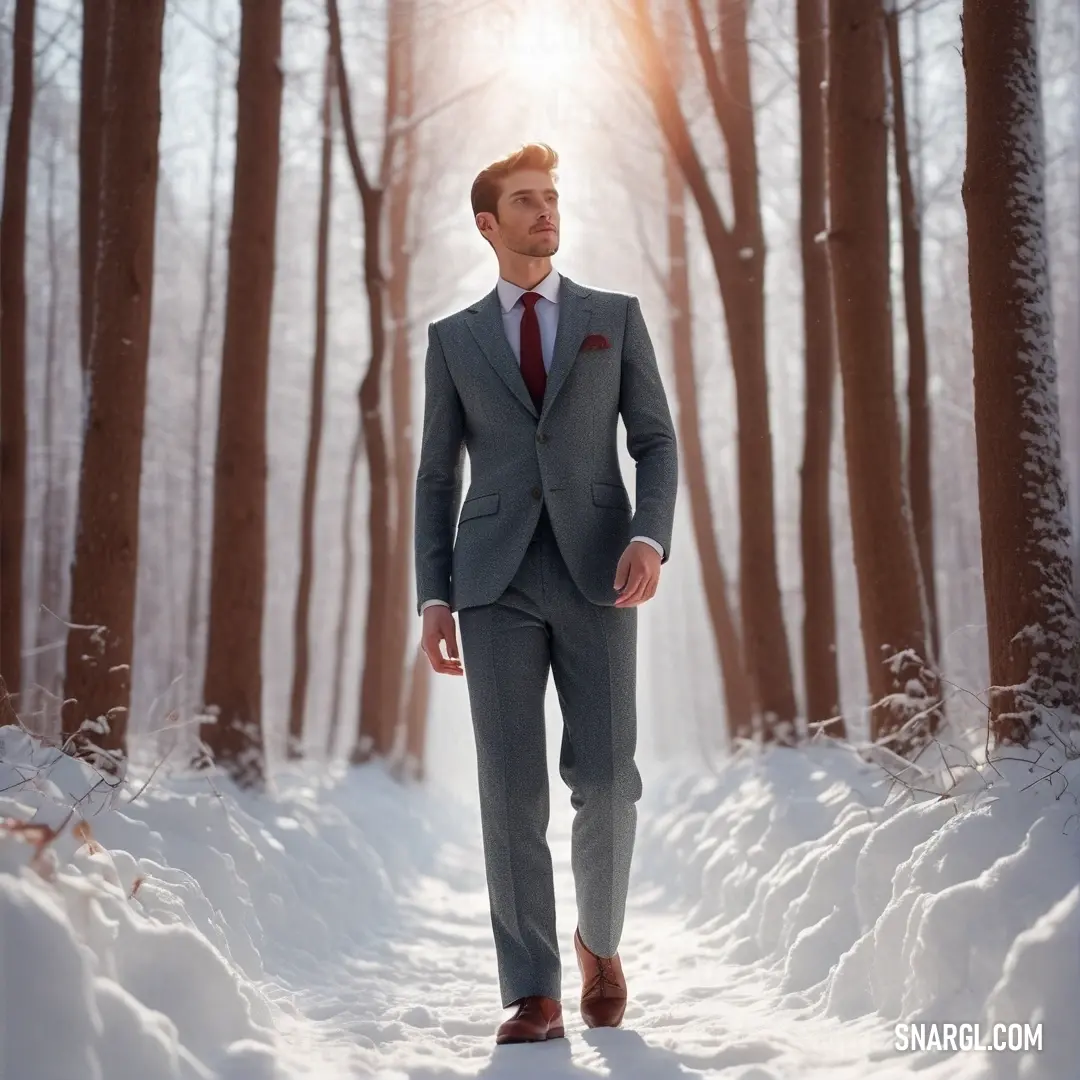
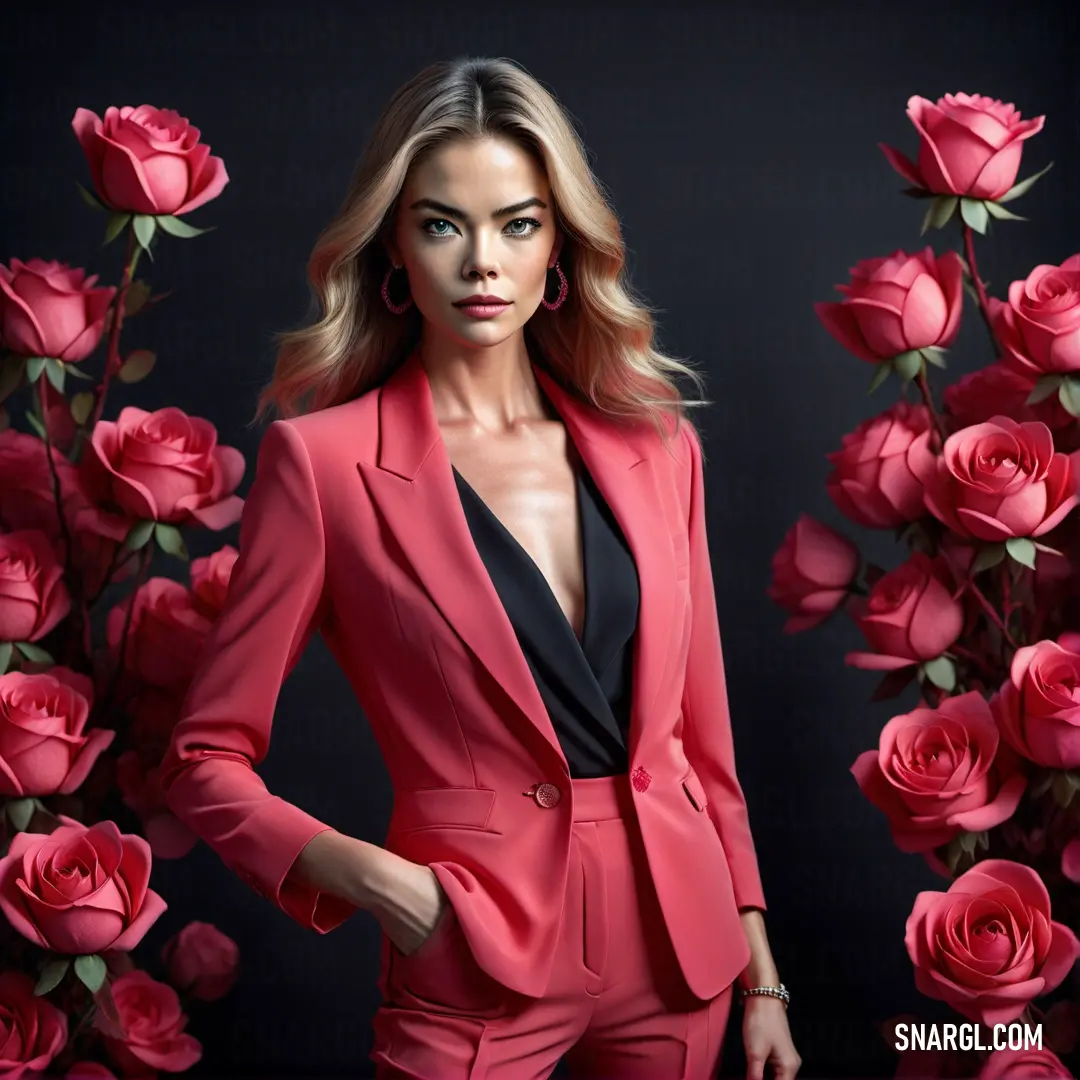
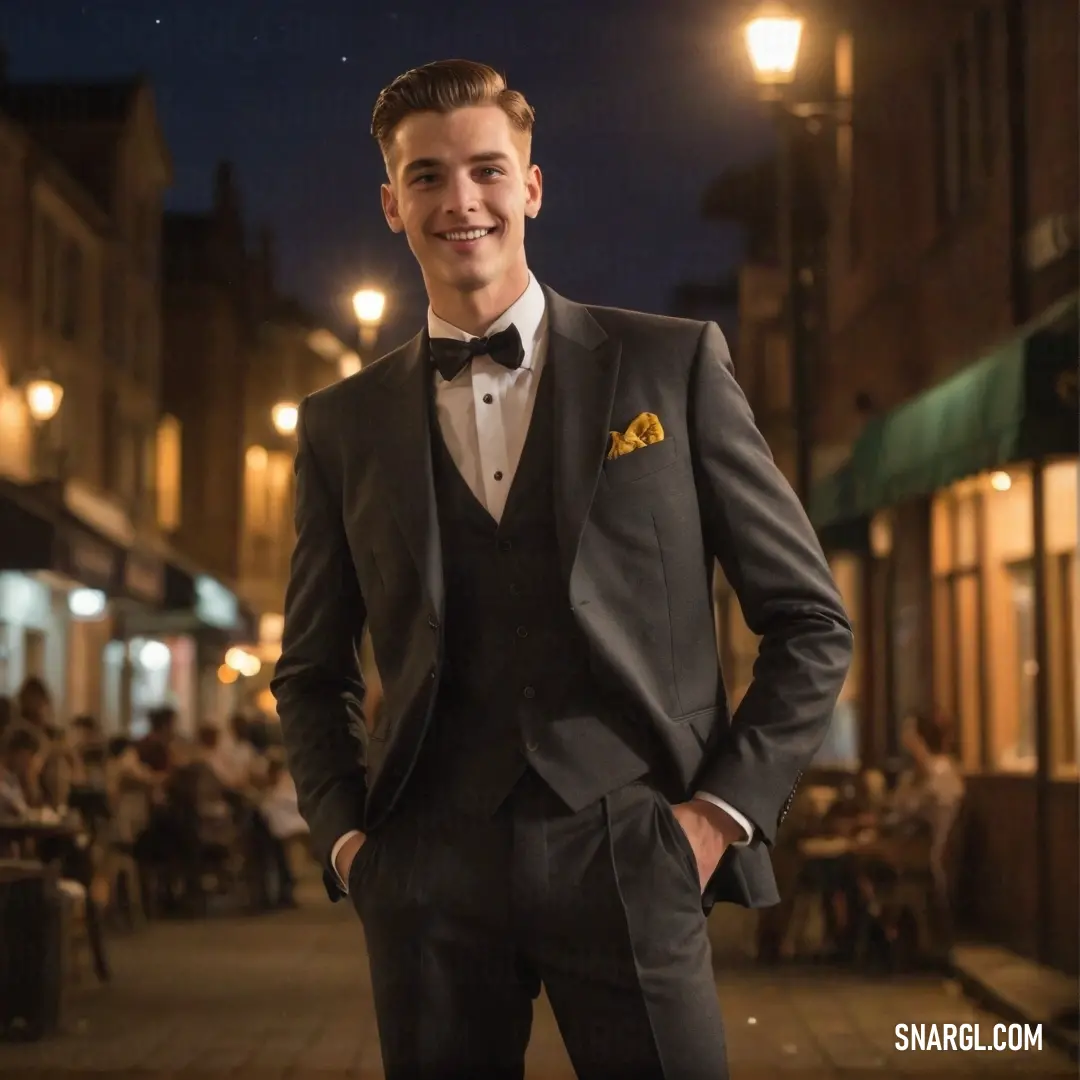
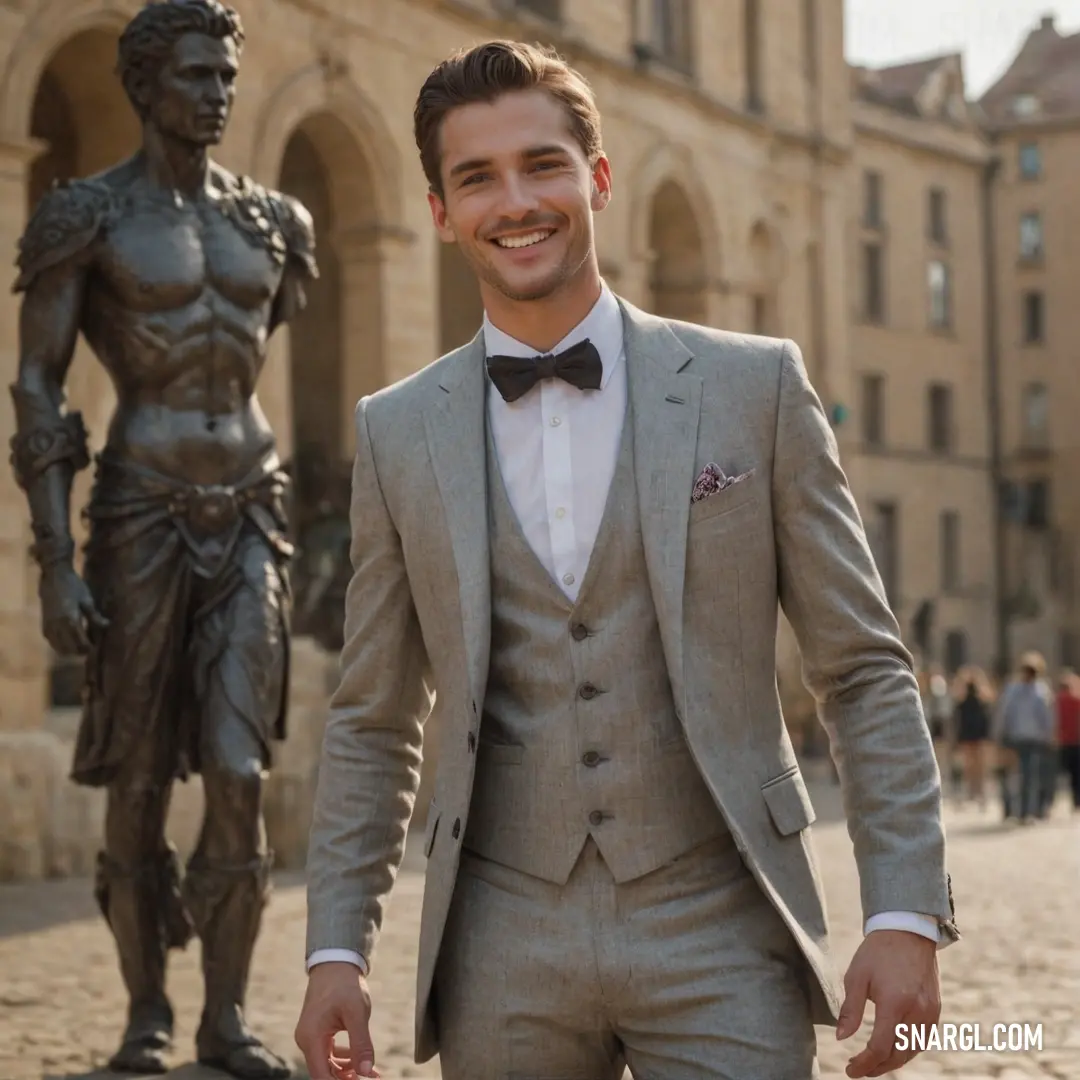
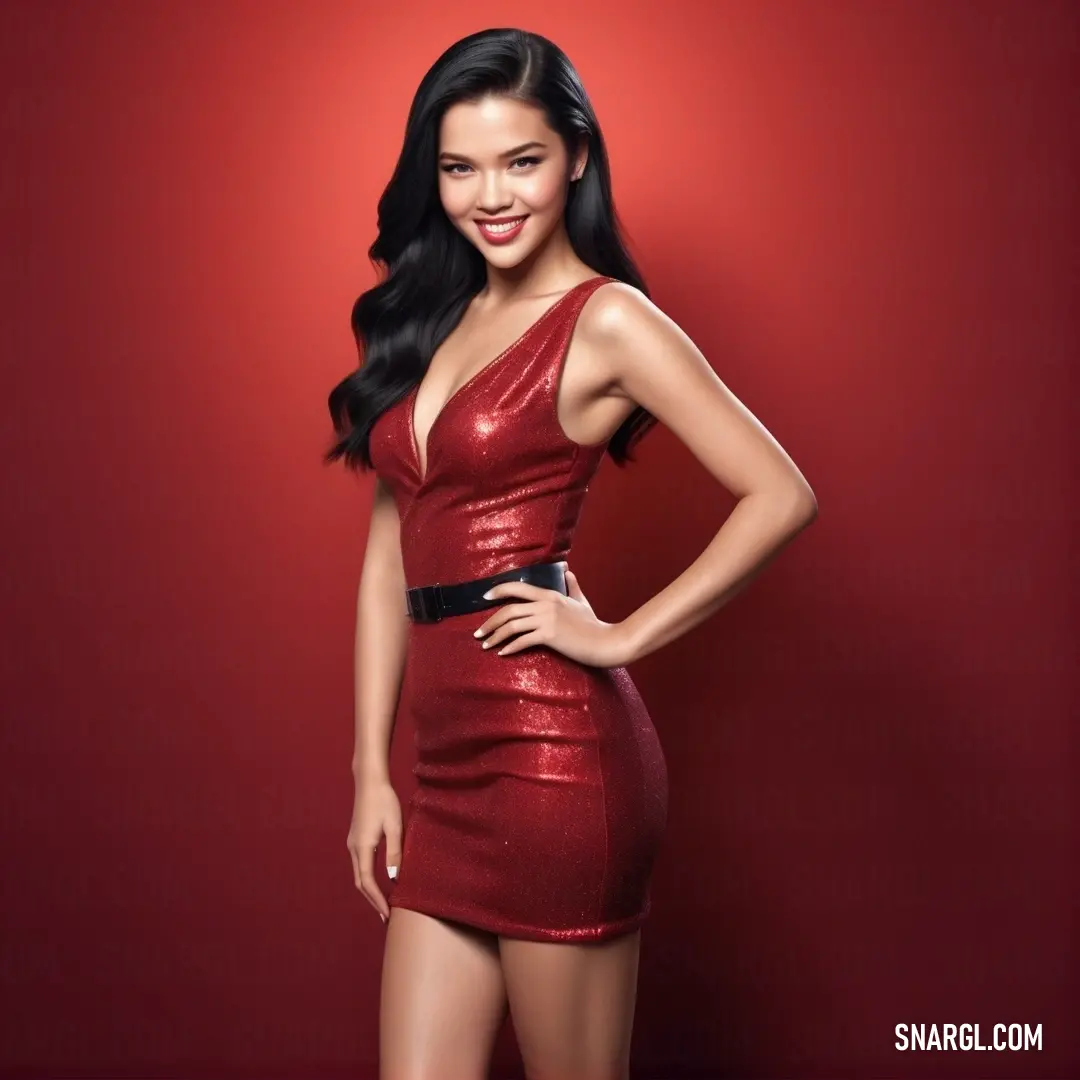
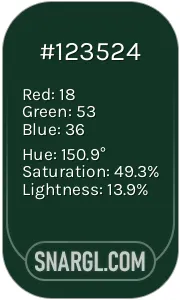 Phthalo green
Phthalo green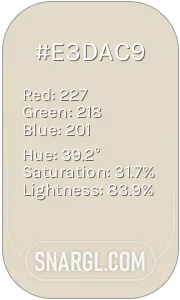 Bone
Bone Brass
Brass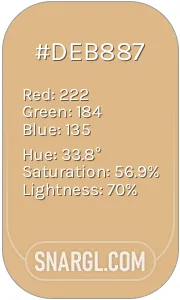 Burlywood
Burlywood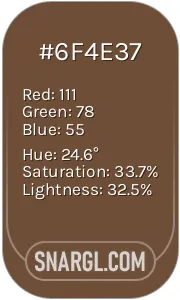 Coffee
Coffee







